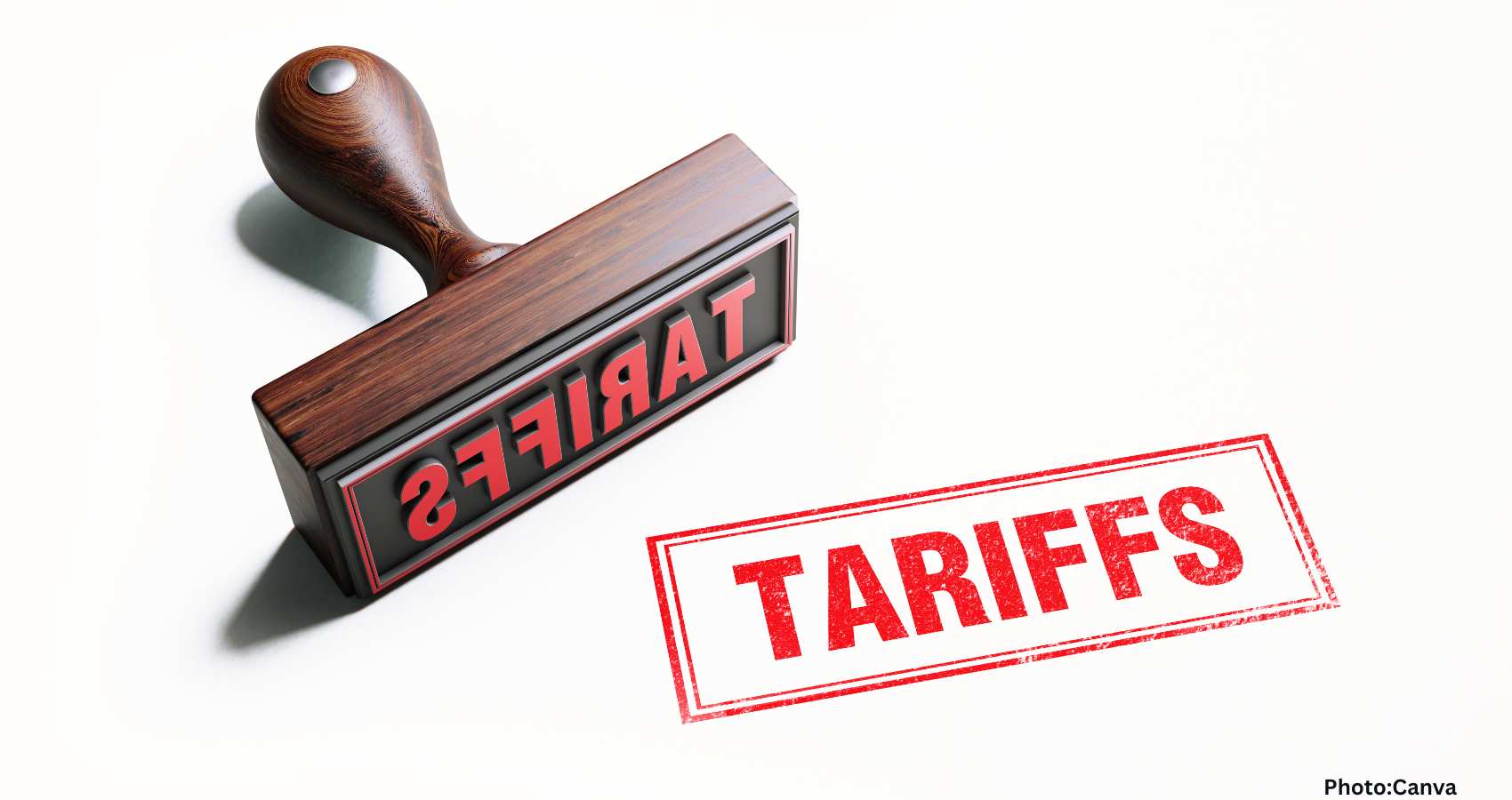President Donald Trump has introduced significant tariffs on India, escalating trade tensions and targeting the country’s oil trade with Russia.
President Donald Trump announced on Wednesday the implementation of sweeping tariffs on India, one of the United States’ key trading partners. A 25% tariff will be enforced starting Thursday, with an additional 25% tariff set to be imposed later this month. The new tariffs are intended as a punitive measure against India for its imports of Russian oil and gas.
These combined tariffs will bring the total duty on goods imported from India to a substantial 50%, placing it among the highest percentages charged by the U.S. on foreign imports. The executive order detailing this move was published on the White House website, highlighting an escalation in Trump’s trade conflict with New Delhi and marking the first use of secondary sanctions on nations accused of supporting Russia’s military efforts.
The order claims India is actively importing oil from the Russian Federation and states that it is “necessary and appropriate” to impose the new 25% tariff on Indian products. This new set of tariffs related to Russia will come into effect in 21 days, while the initial 25% tariff will be enforced starting Thursday.
Trump cited intelligence from senior officials regarding Russian activities in Ukraine as justification for the new duties. His announcement followed a recent meeting between Trump’s foreign envoy, Steve Witkoff, and Russian President Vladimir Putin in Moscow.
Earlier in the week, Trump had threatened India with these new tariffs, accusing the country of aiding Russia’s war efforts in Ukraine. “India is not only buying massive amounts of Russian Oil, they are then, for much of the Oil purchased, selling it on the Open Market for big profits. They don’t care how many people in Ukraine are being killed by the Russian War Machine,” Trump expressed on social media.
In response to the tariff increase, India defended its purchase of Russian oil. A statement released by India’s Ministry of External Affairs emphasized that oil imports are driven by market factors, aimed at ensuring the energy security of India’s 1.4 billion population. The statement described the U.S. tariffs as “extremely unfortunate” and hinted at potential retaliatory measures, indicating that India “will take all actions necessary to protect its national interests.”
The imposition of a 50% tariff on Indian goods could have significant impacts. The U.S. trade deficit with India has nearly doubled since Trump’s first term, largely due to increased import levels from both countries. The shift in trade patterns came amid Trump’s increasing tariffs on China, which were maintained during former President Joe Biden’s tenure, prompting U.S. businesses to explore alternative production sites like India.
Several American companies, such as Apple, have relocated much of their production to India in recent years. Notably, smartphones are exempt from both the tariffs set to take effect Thursday and the additional 25% tariff coming later this month.
Last year, U.S. imports from India totaled $87 billion, while India imported $42 billion worth of goods from the U.S., according to the Commerce Department. The primary imports from India included pharmaceuticals, communications equipment like smartphones, and apparel. Trump had previously threatened an across-the-board tariff on pharmaceuticals, but this would not be in addition to the 50% tariff on Indian goods if enforced.
Conversely, the U.S. exports significant amounts of oil, gas, chemicals, and aerospace products to India. If India enacts retaliatory tariffs, these American industries could face adverse effects.
The newly imposed tariffs and potential trade restrictions underscore increasing tensions between the U.S. and India, potentially reshaping the economic landscape between these two major global economies.

